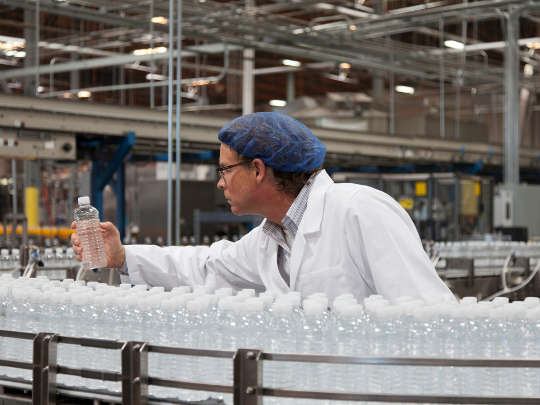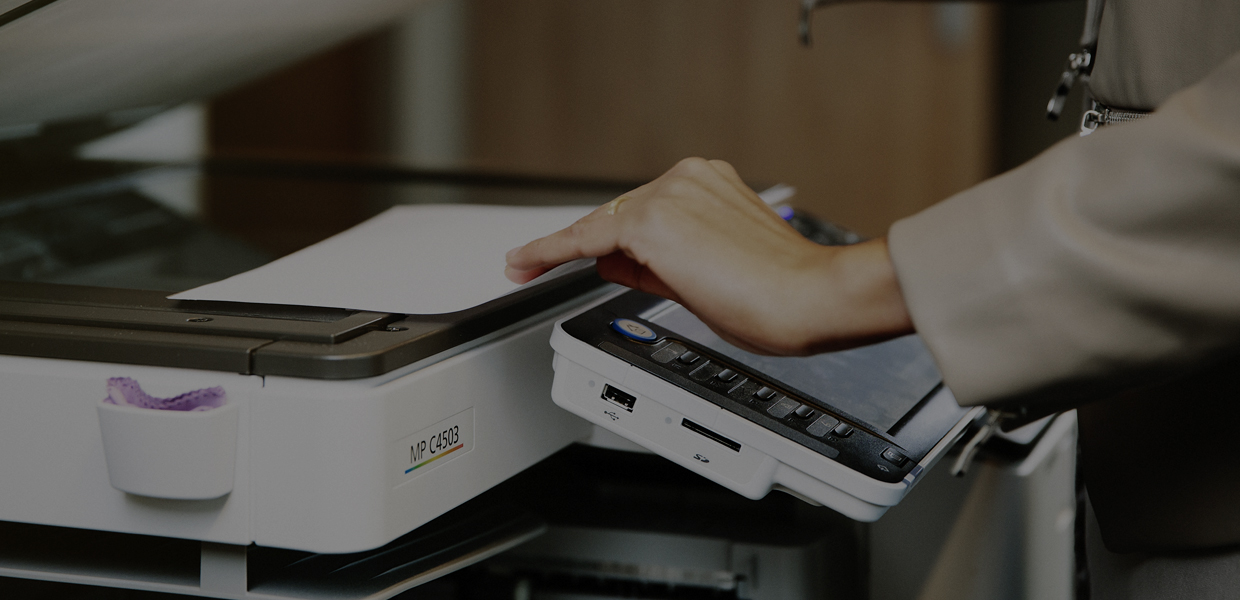Grow your business with the world’s leading vendor finance partner
Serving equipment and technology manufacturers, distributors and dealers in more than 25 countries for 55+ years.
Leverage financing to meet your unique sales objectives
Commercial Finance
From the manufacturing plant to the showroom floor or equipment lot, leverage commercial finance solutions to meet your business goals without tying up your balance sheet or credit lines.
Retail Finance
Deliver the right equipment and technology to your customer as quickly and efficiently as possible with retail finance solutions designed to meet your customer’s unique needs and budget at the point of sale.
Used Equipment Finance
Extend the value of your equipment and technology after its first deployment with remarketing programs and used equipment sales to create second and third life revenue streams on returned equipment.
Partner with strategic financing experts in your industry
 €47+ billion managed
€47+ billion managed
portfolio
 25+ countries served
25+ countries served
 55+ years in business
55+ years in business















